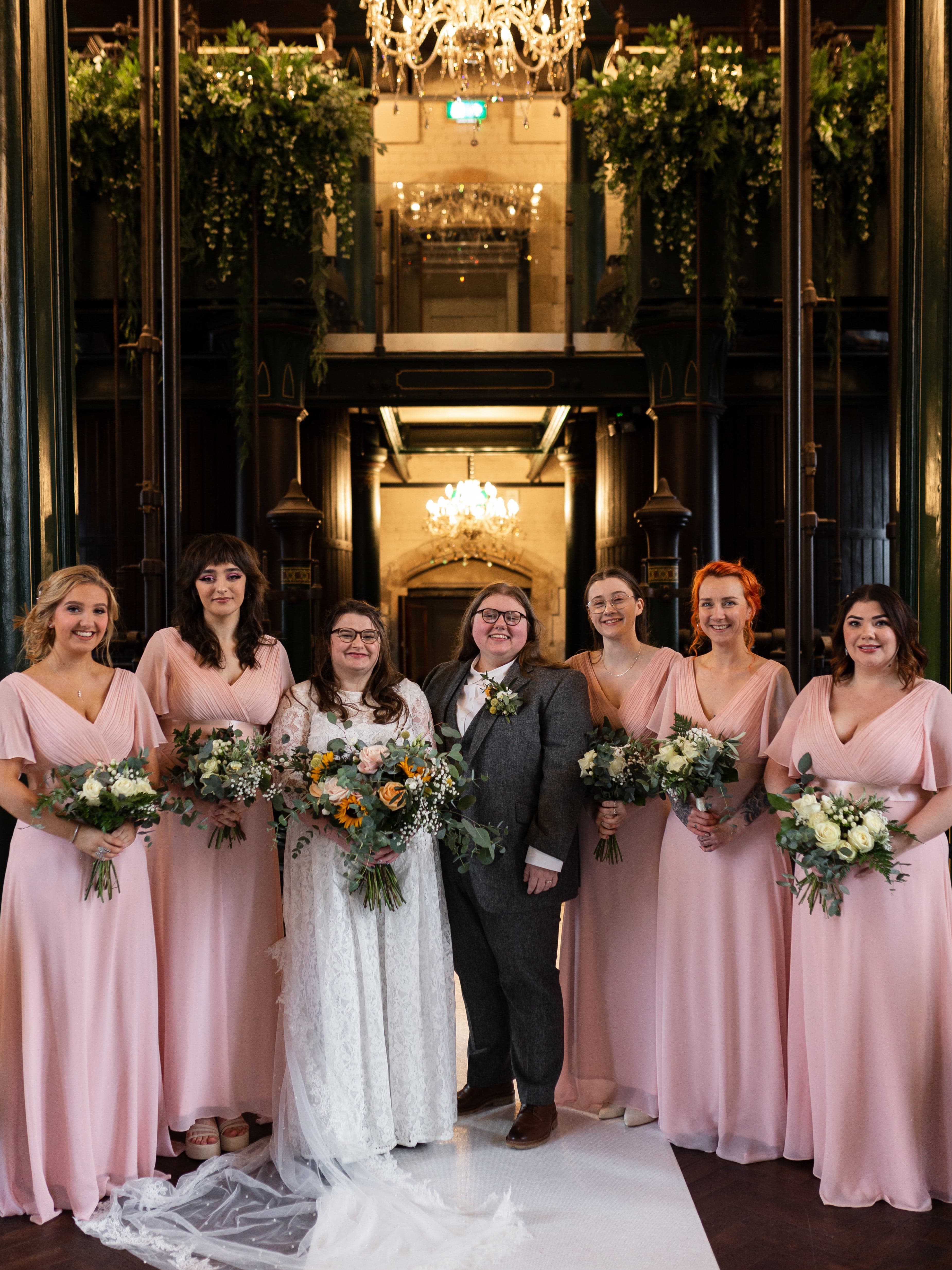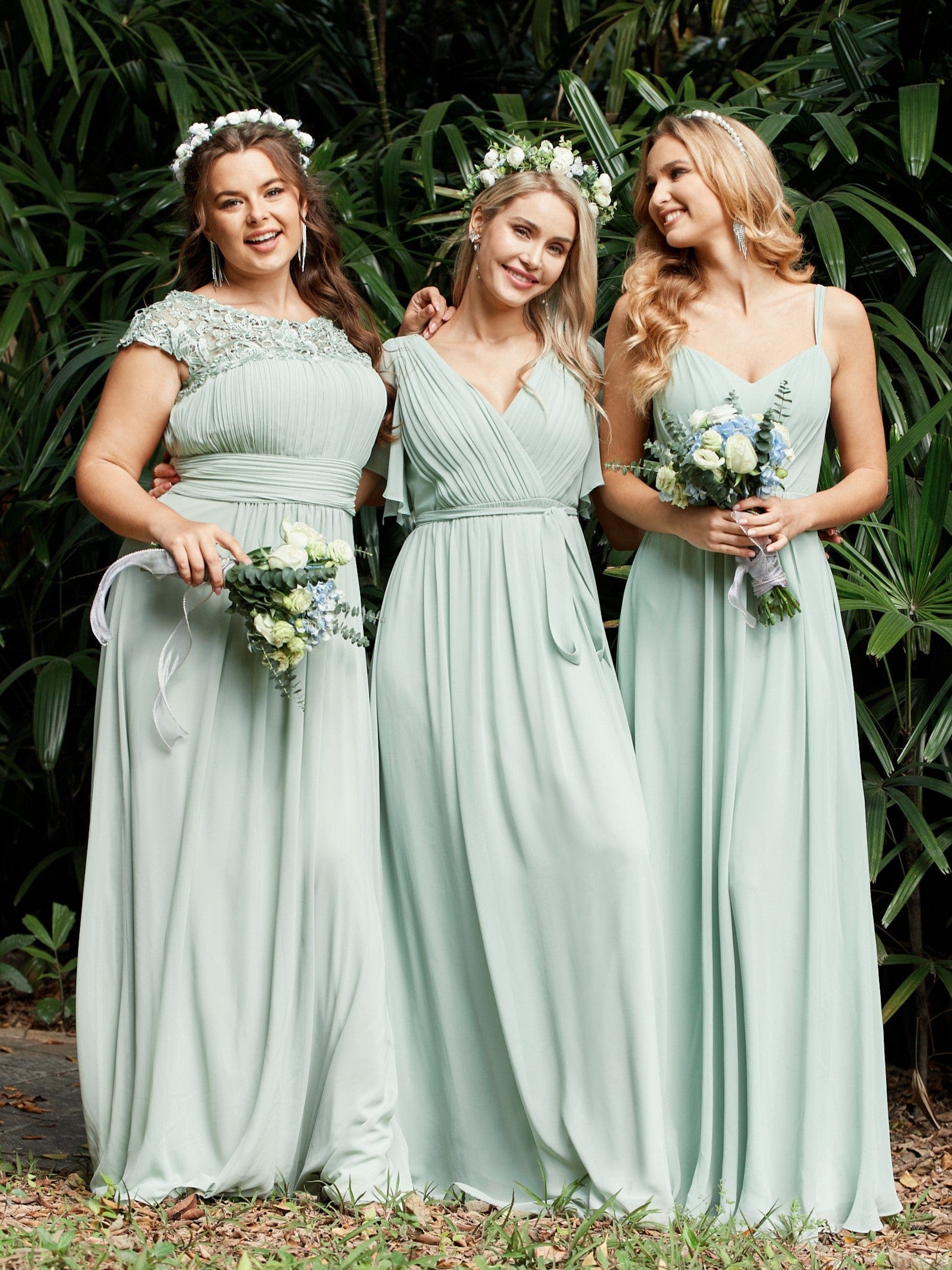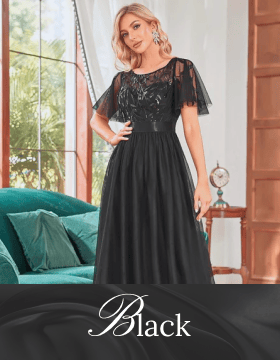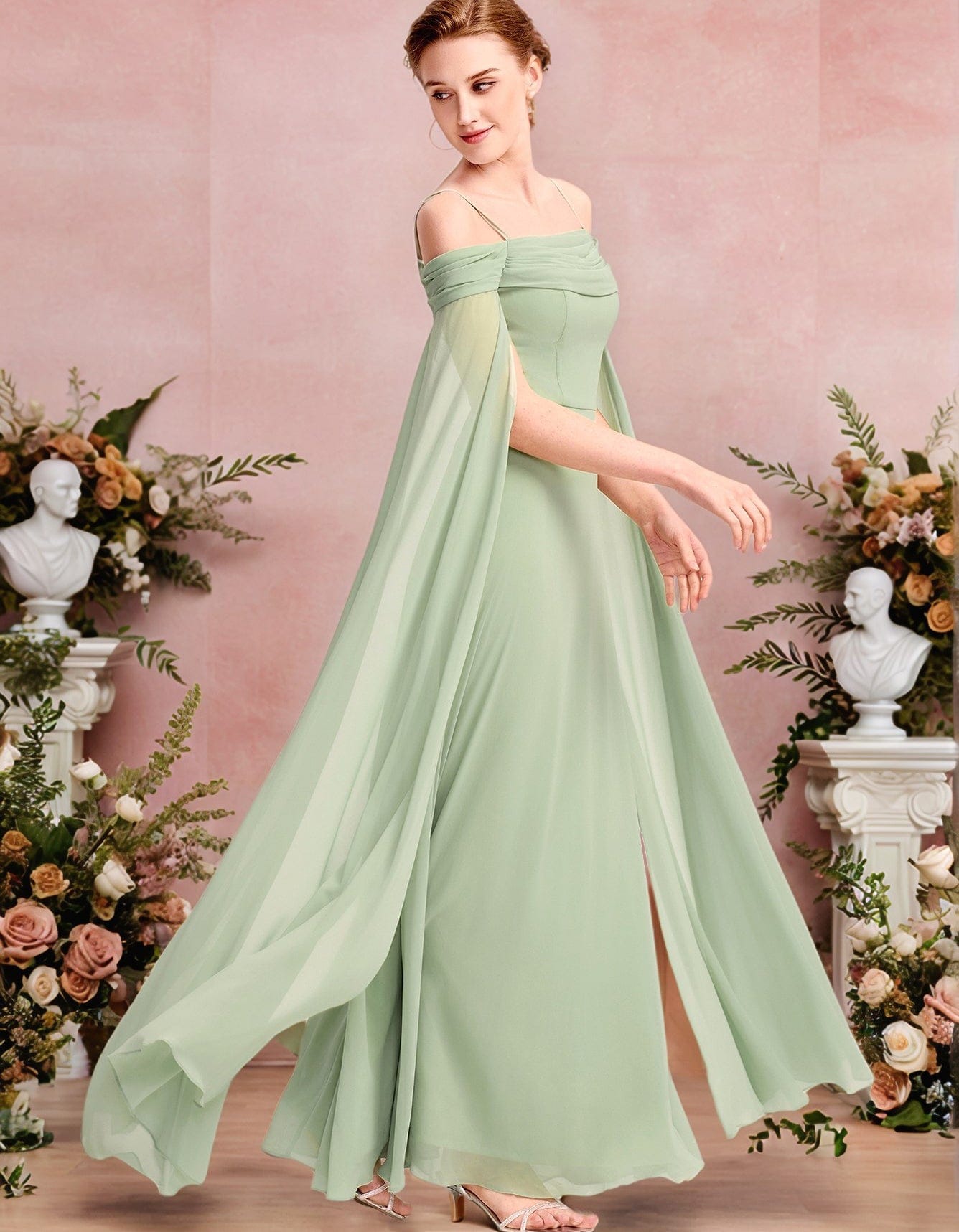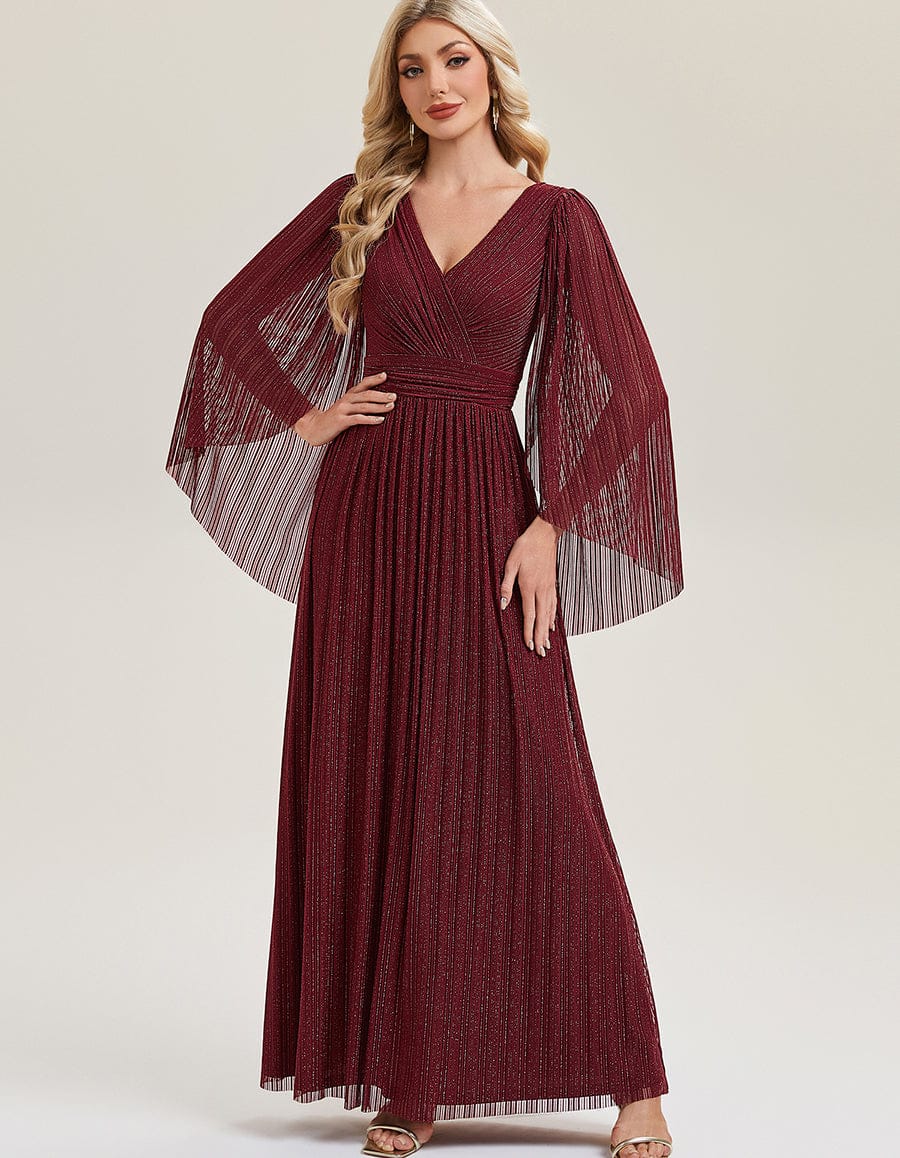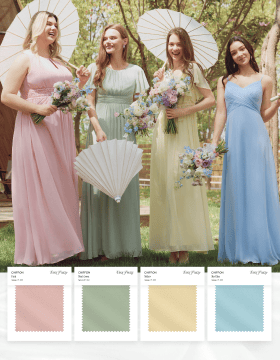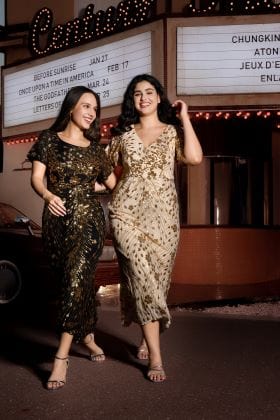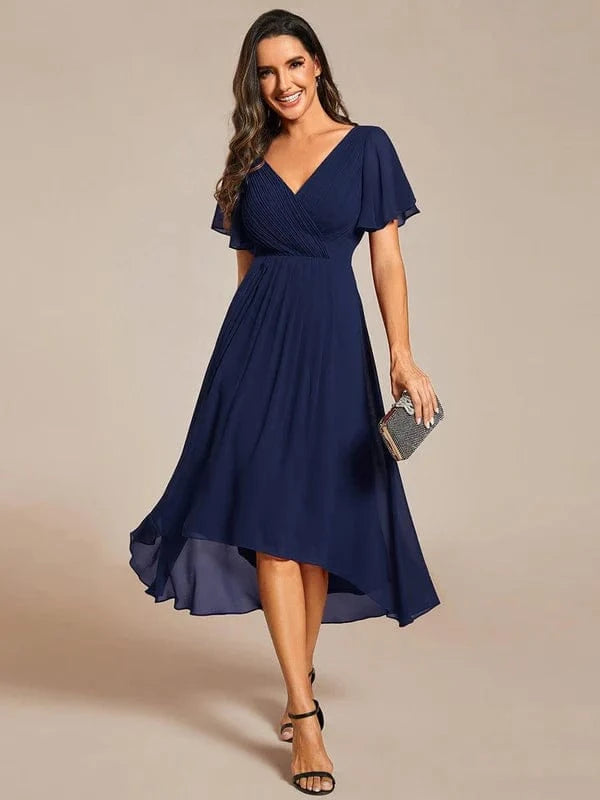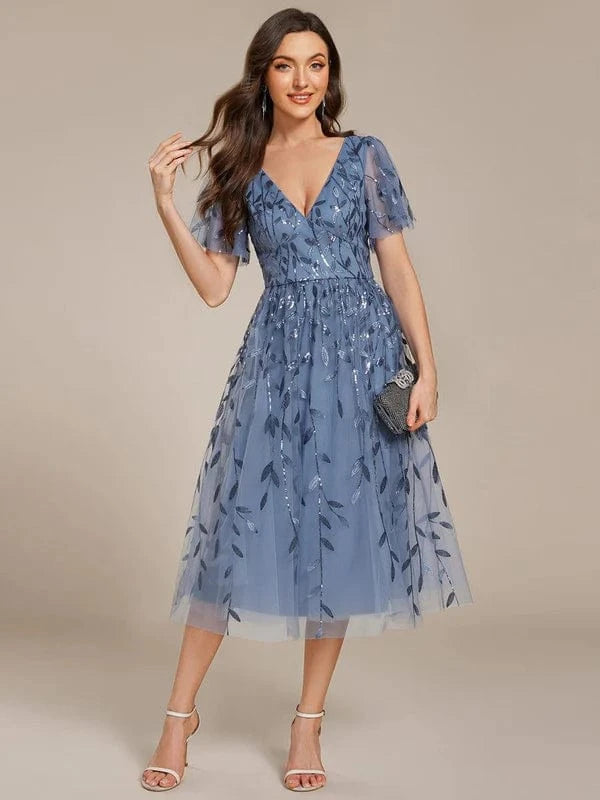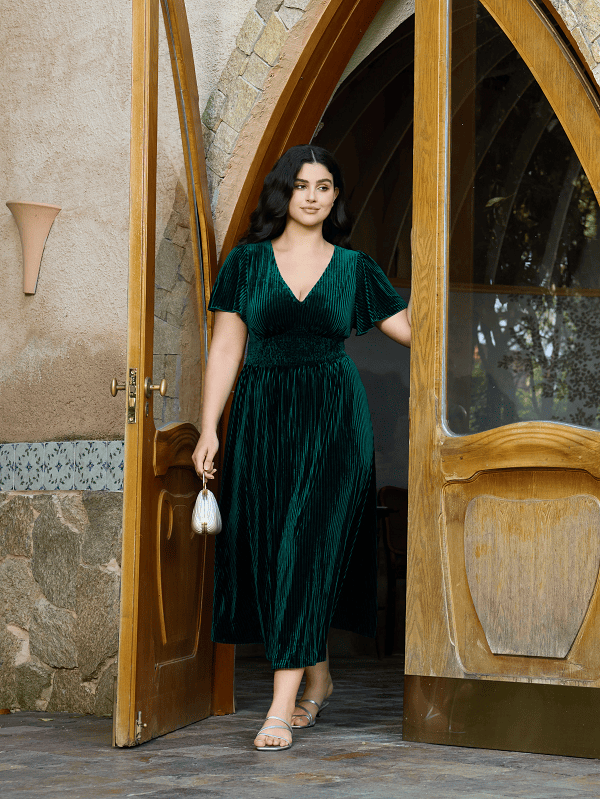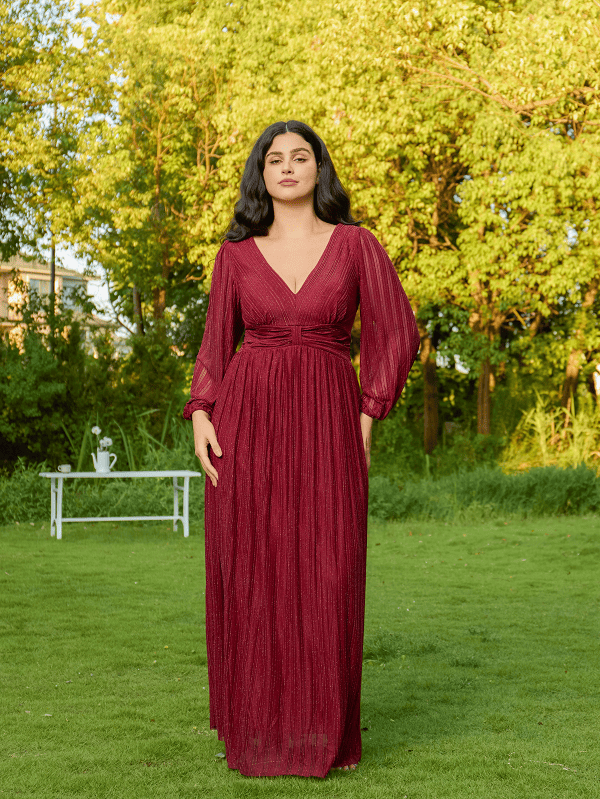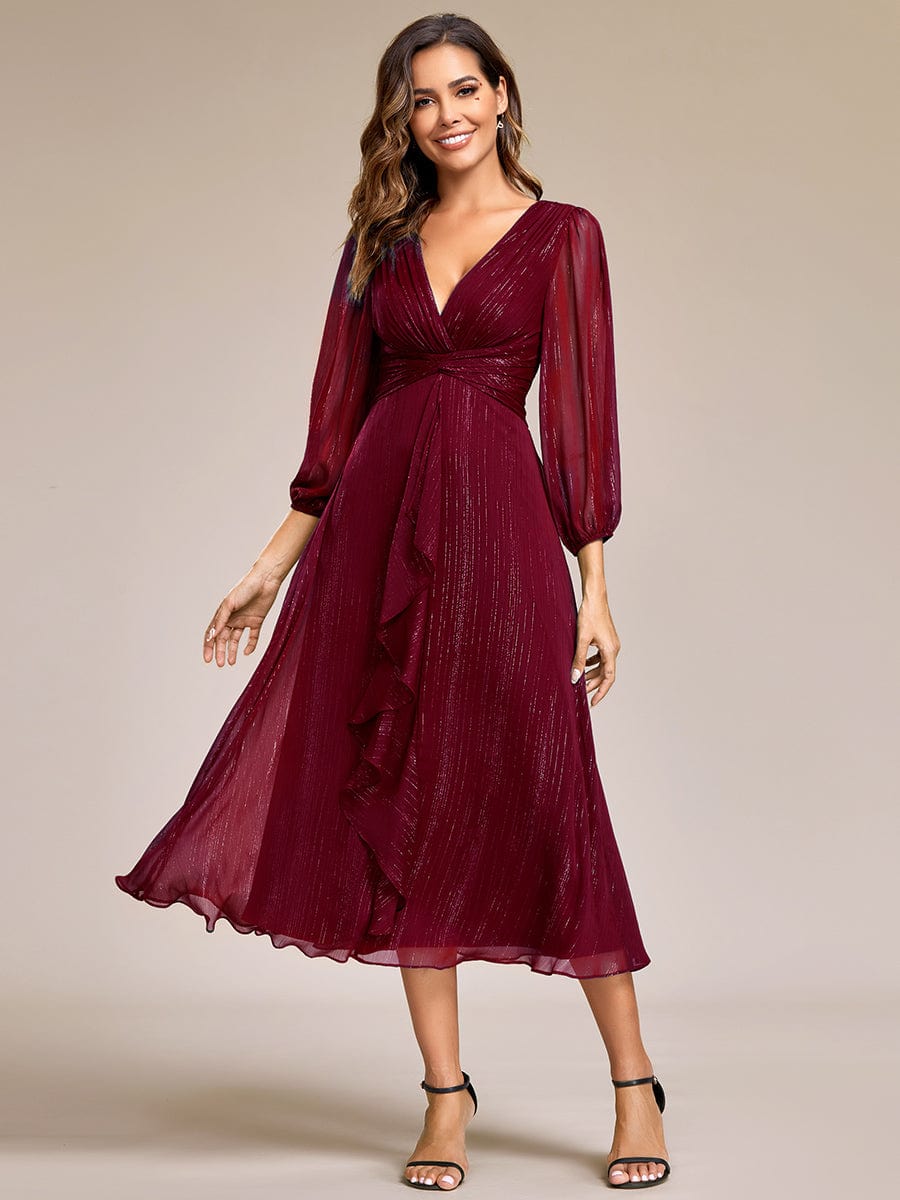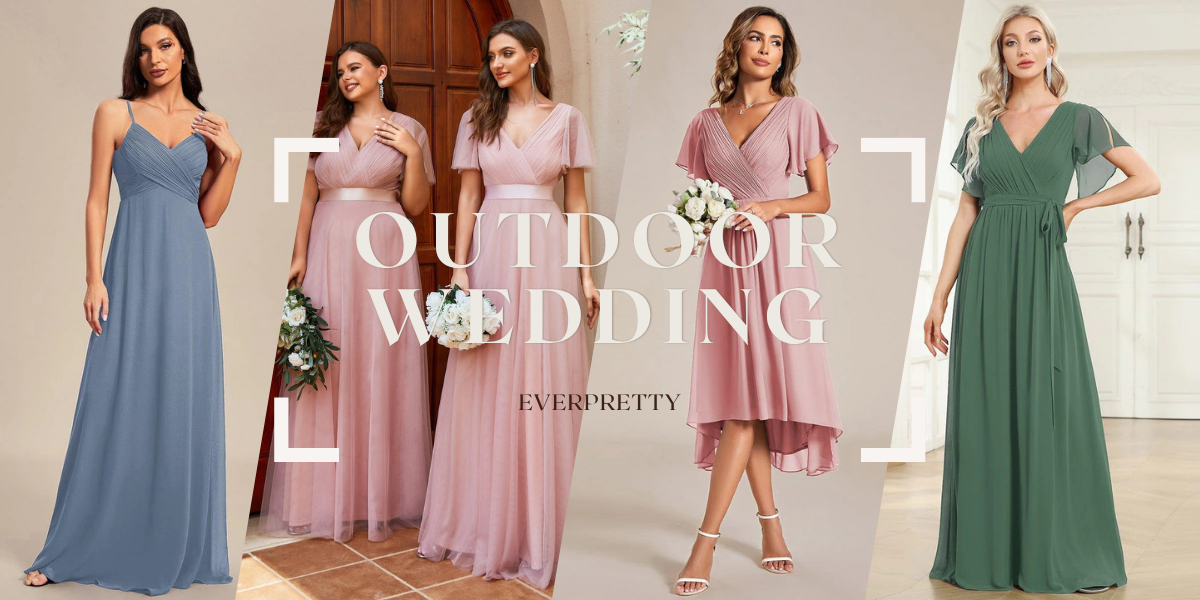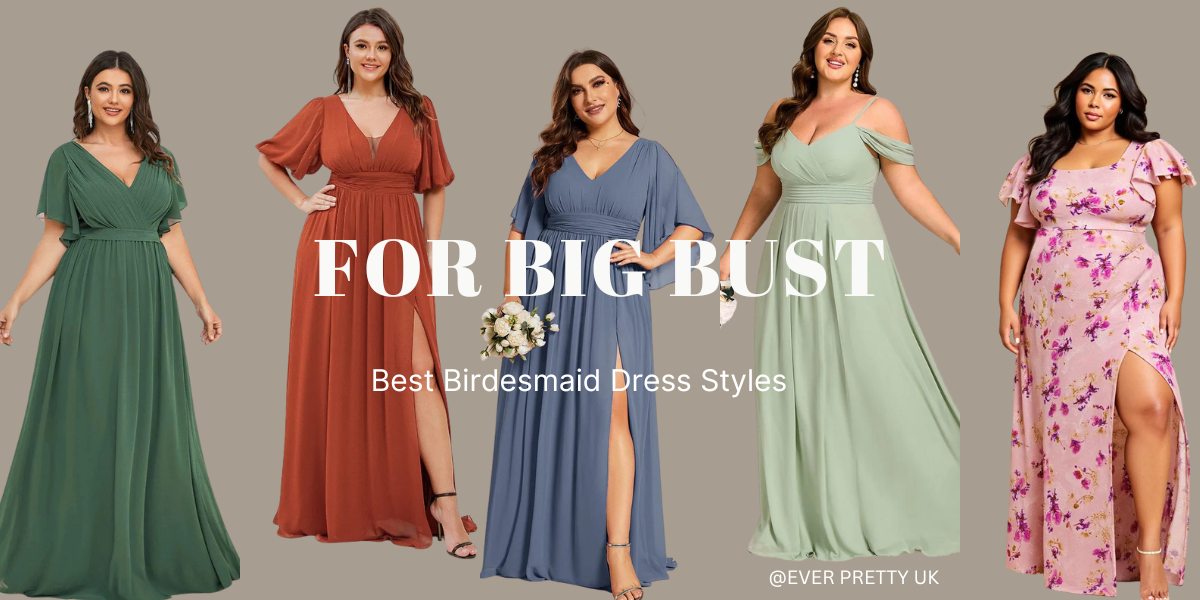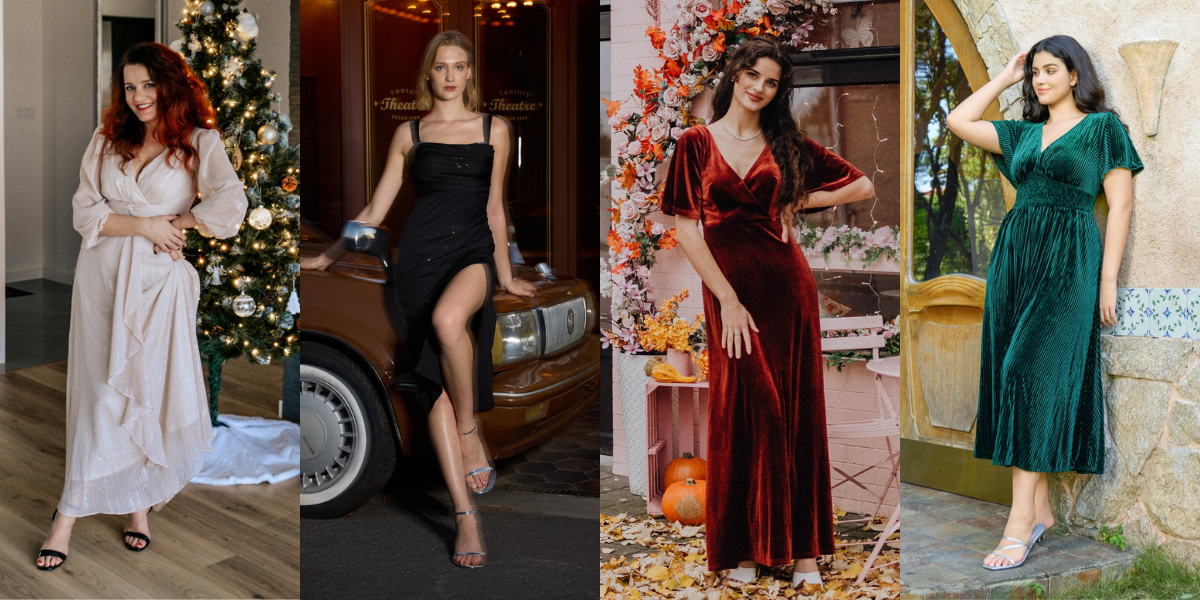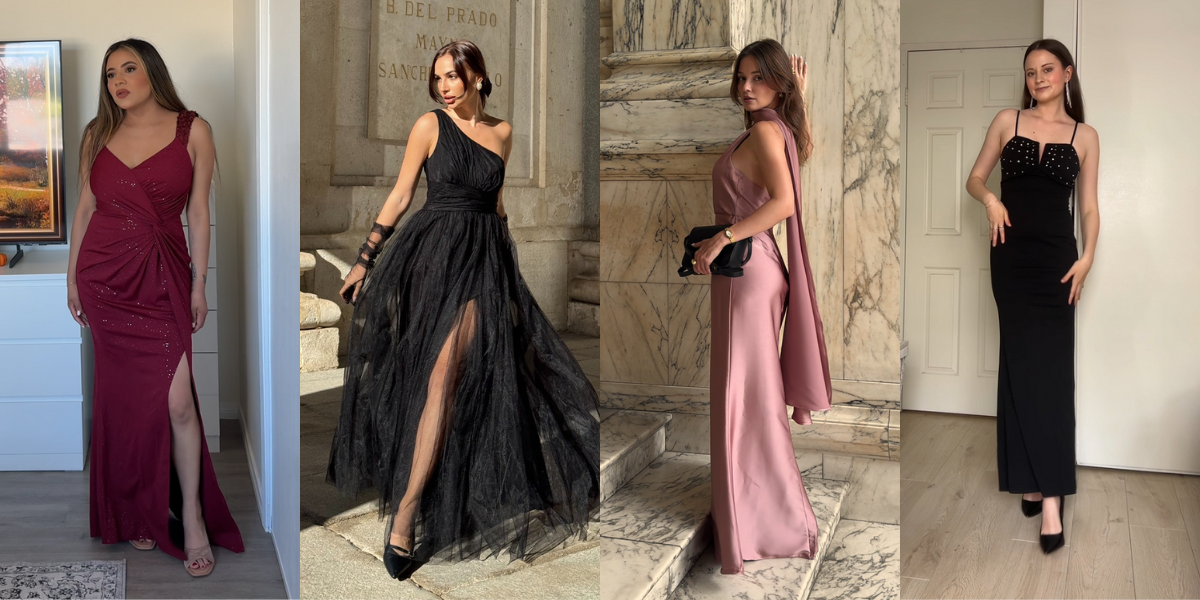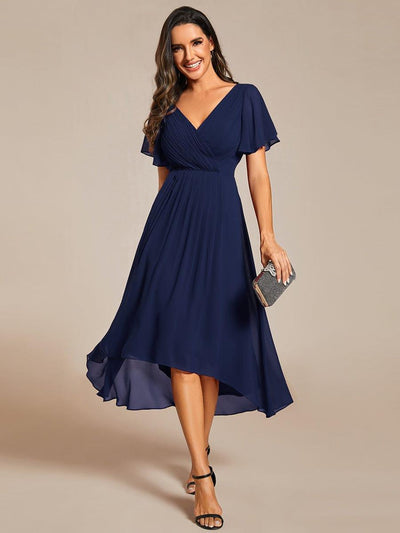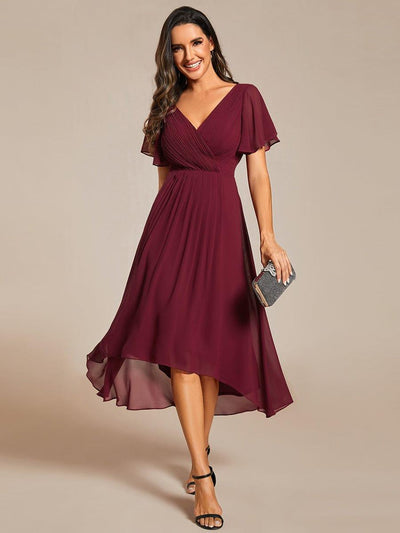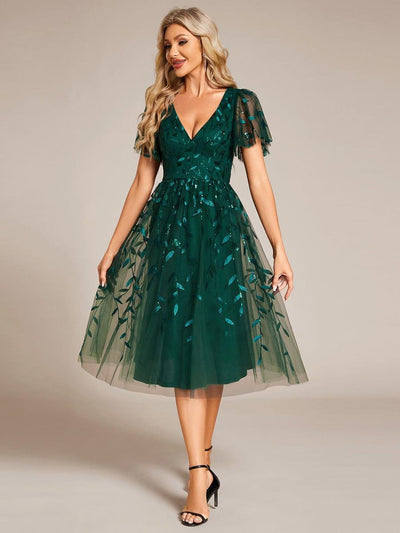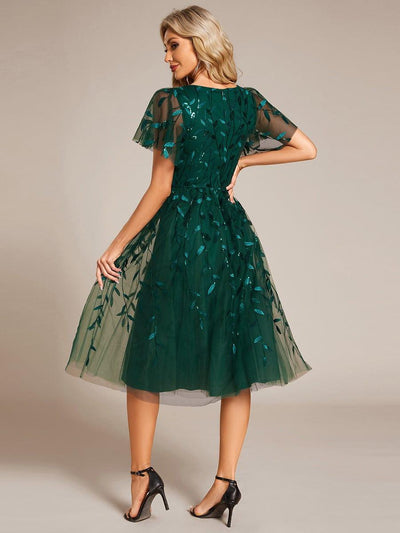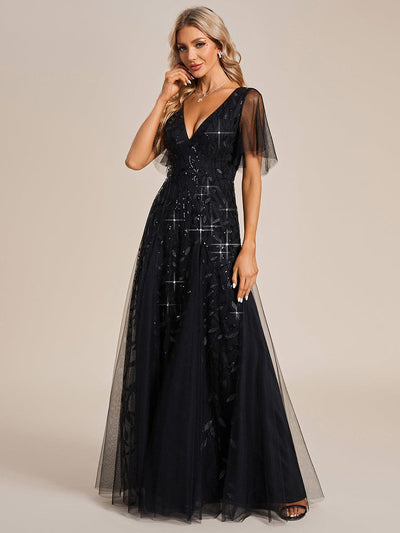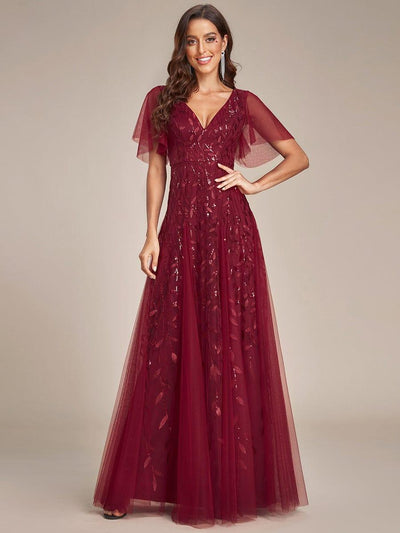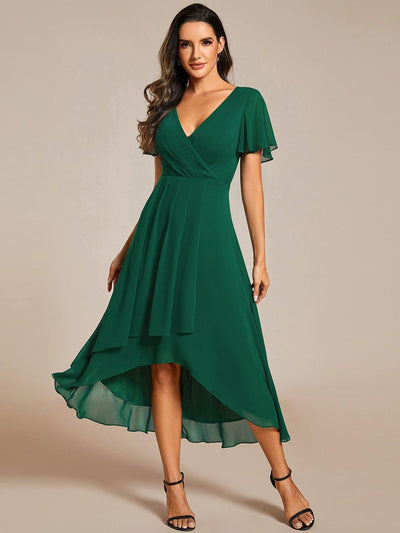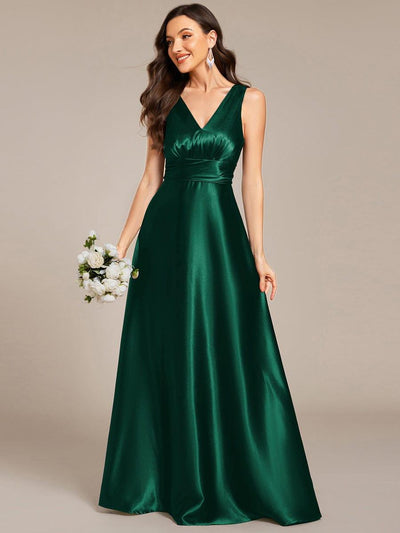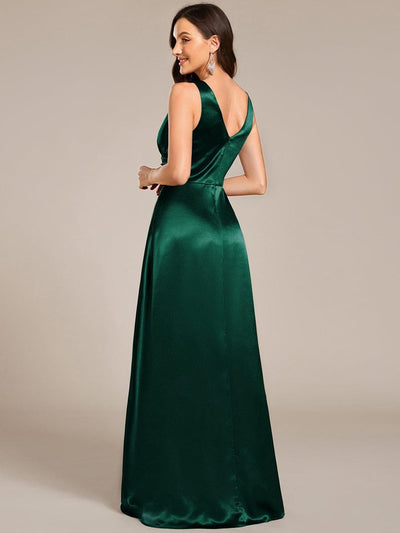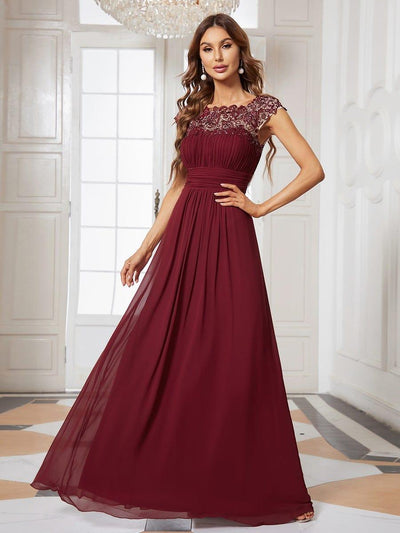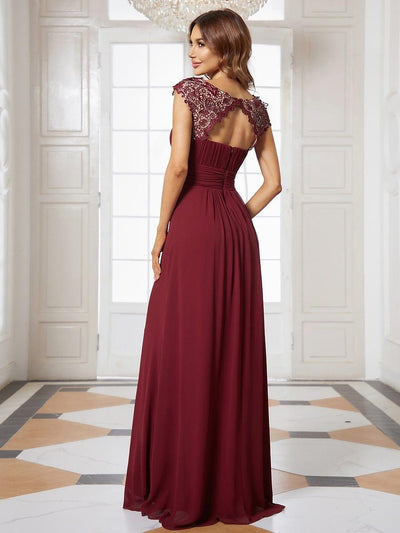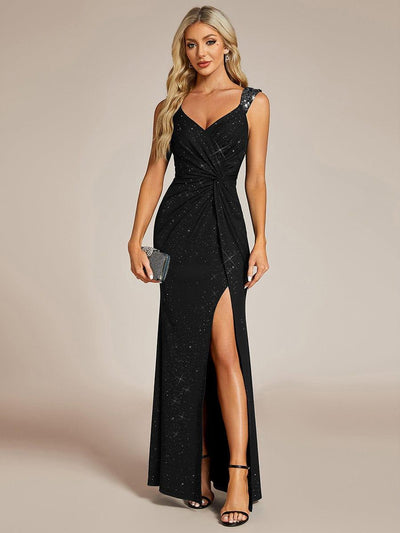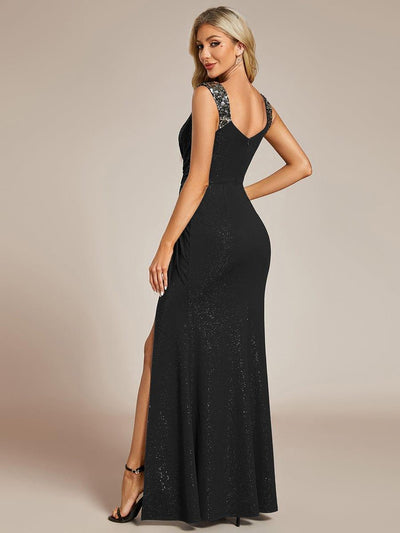Why is Sustainability Important in Fashion?
The Fashion industry is quickly being taken over by the sustainability trend. In this day and age, the concept of sustainability is growing in importance daily. Environmental degradation has pushed the fashion industry into an evolutionary process whose goal is to become stylish without harming the environment. Many sustainable savvy companies have already invested millions, if not billions of dollars for environmental safety.
The popular evolution of “ethical fashion” seeks to direct the fashion industry towards an eco-friendly and humane path.
What is Sustainable Fashion?
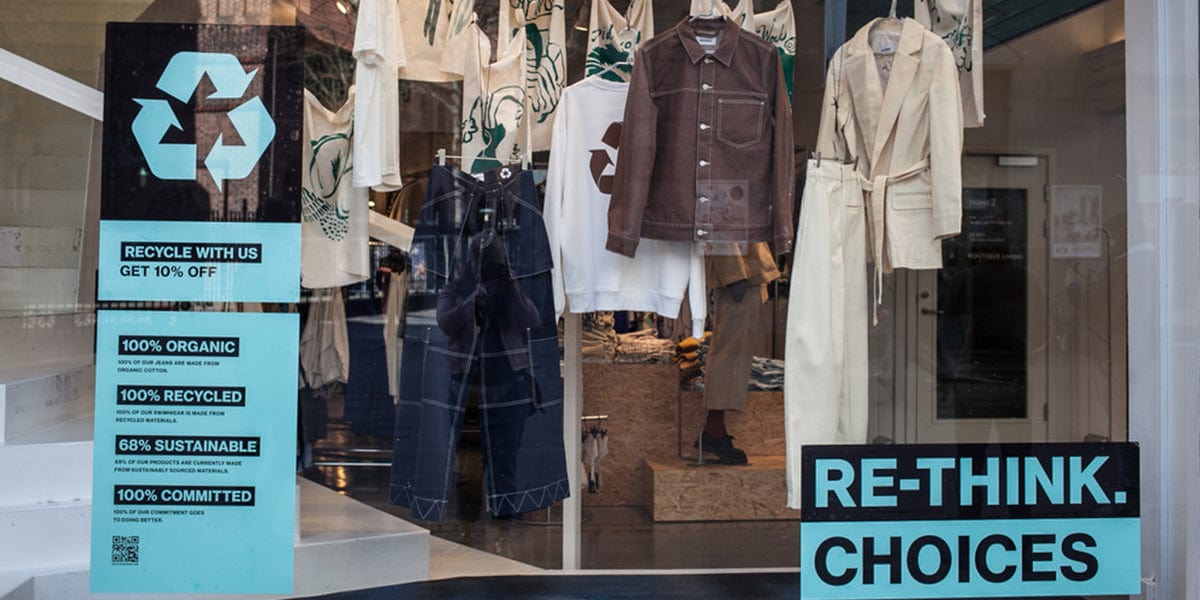
Sustainable fashion refers to the use of environmentally friendly ways and approaches to design, manufacture, market distribute and consume clothing and other fashion items such as bags, shoes, accessories, etc. Sustainable fashion is a continuous process that works to improve the life cycle of the product from the beginning to the end; production of raw materials, transportation, storage, marketing, final sale, usage, reuse, repair, and even recycling of the product.
Ethical fashion is also a related term. It is a wide term that describes the ethics of production and practices directed at changing multiple issues such as reducing environmental pollution, creating better working conditions, doing away with animal exploitation and human labor.
From an environmental approach, sustainability should be about minimizing anything that could harm a negative impact on the environment by:
- Using natural resources carefully (water, plants, soil, energy, land, animals, etc.)
- Using renewable sources of energy (solar, wind, etc.)
- Adopting remake, recycle, reuse, and repair practices.
From a socio-economic approach:
- Improved working conditions for all workers (in the field, factories, stores, and transportation path). The working condition should align with international codes of conduct in sustainable fashion, good ethics, and best practices.
- Changes in consumer attitudes when it comes to purchasing patterns, washing, caring, and reusing fashion items.
5 Important Reasons to Choose Sustainable Fashion
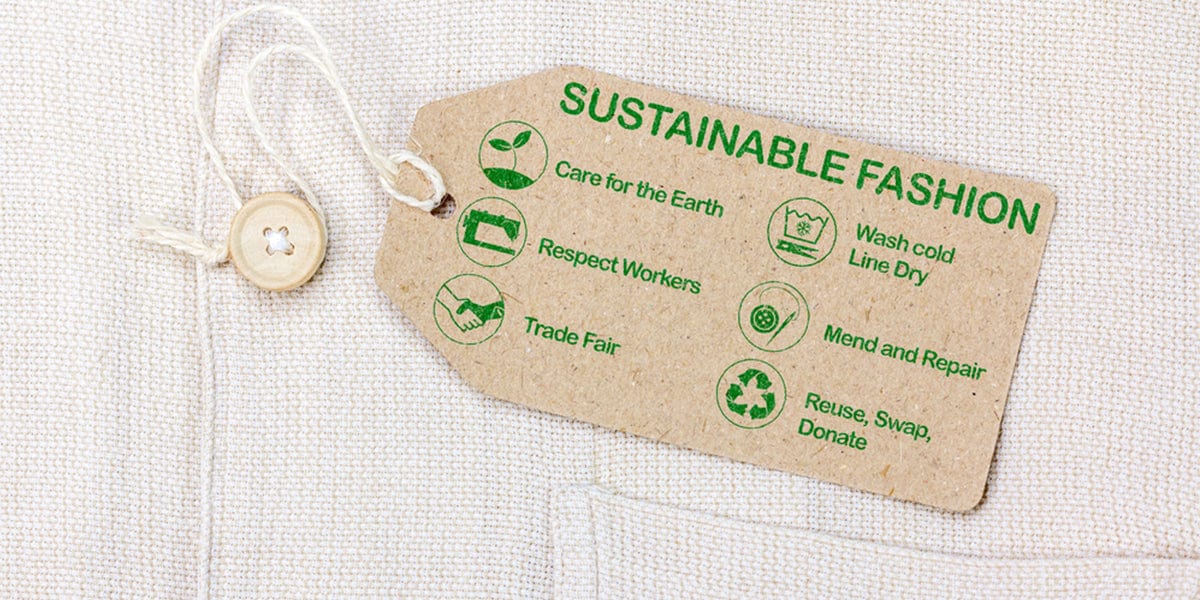
Here are some reasons why we should all turn to sustainable fashion;
1. To save natural resources
The statistical data from a 2015 research showed that 97% of materials used in making clothes are completely new. Only 3% of the resources are being recycled. This translates to approximately 98 million tons of resources used for clothes manufacture annually. These resources are inclusive of synthetic fibers which use oil in their production process, fertilizers used in growing the raw materials such as cotton, and the never-ending list of chemicals used in dying the fabric, not to mention the gas used in transport and distribution.
A better approach would be to use recycled fibers. Recycled fibers minimize the pressure put on virgin resources and are also a bold step towards waste management.
2. To save water
The dyeing and finishing process for most garments in the fashion industry consumes thousands of liters of water. Experts argue that single cotton short consumes up to 2,700 liters of water in its manufacturing process. A pair of jeans, on the other hand, consumes a whopping 7,000 liters of water in the manufacturing process!
In addition to consuming an insane amount of water, the production of clothes causes water pollution as the poisonous chemicals used in production drain into the soil and flow into fresh waterways.
Sustainable brands have adopted the concept of working within a “water budget”. The water budget limits the careless consumption and wastage of water during the production process. Most of these companies use natural materials such as natural cotton, linen, and hemp which can also be recycled, renewed, and reused. The materials also require little water during the production stage.
3. Fewer animals lose their lives
It may sound horrible but it’s true, the fashion industry kills animals for the look. For example, many people assume that leather is a by-product of the meat industry. Well, this is not always true. An estimated 430 million animals are killed for fashion every year.
And what for; leather boots, bags, fur coats, and other items produced from wool, feathers, and bones?
The Sumatran Tiger and American Alligator are examples of some endangered species being killed for their skin.
Fashion brands are embracing cruelty-free alternatives. For example, creating bags from recycled seat belts, sneakers manufactured from compostable plants, and even polyester made from recycled trash found in the ocean. Pineapple leaves are also being used as an alternative for leather.
Other alternatives include bamboo, recycled materials, and man-made fibers.
Choose sustainable clothing brands to save animals.
4. Sustainable fashion discourages child labor
UNICEF statistics show that approximately 170 million children labor in garment factories daily. Most, if not all of these children are too young to work and are below the minimum age limit. The work is usually dangerous to their health and should be prohibited at all costs. The thought of children working in factories and engaging in work that more resembles modern-day slavery for the sake of fashion is heartbreaking, to say the least.
Brands that do not support child labor usually follow the strict ethical conducts of sustainable fashion and are honest about the working conditions, manufacturing process, and factories they source their items from.
Ethical fashion brands that discourage child labor have certification labors to prove that. Some familiar tags you can look out for include Fair Trade Certified and Fair Wear Foundation. Such foundations advocate for fair wages, no child labor, and safe working conditions.
5. Less Carbon footprint
Every year massive amounts of greenhouse gases are emitted into the atmosphere by fashion-related industries. These gases have contributed significantly to global warming. Most of our beloved clothes are manufactured using fossil fuels in one way or another. Some of them include acrylic, nylon, and polyester. Such materials require large amounts of energy during processing compared to recycled or natural fibers.
Sustainable fashion should promote reuse and recycling and the use of natural fabrics which require little amounts of water, chemical treatment, fertilizers, energy, or even pesticides to grow. Other alternatives such as organic cotton, hemp, and linen are even biodegradable.
6 Key Tips to Make Your Wardrobe More Ethical
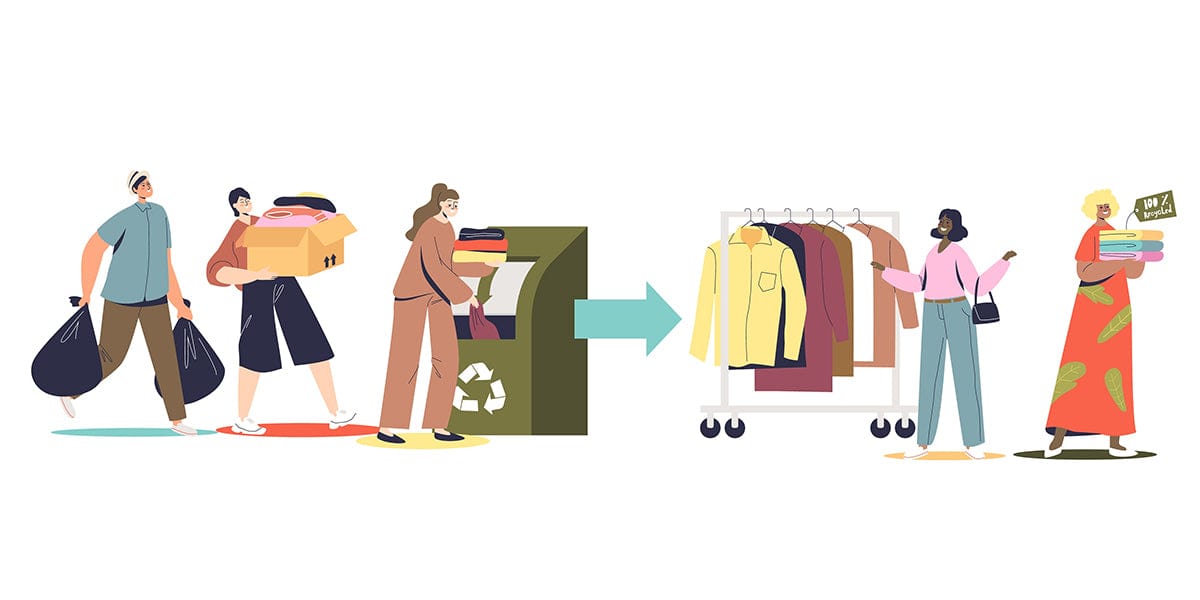
Each of us has an opportunity to make a difference with our clothing choices.
Here’s how:
1. Be informed
The first step towards trying to embrace ethical fashion is knowing where to shop and all sustainable fashion brands and materials. So many brands are operating within acceptable sustainability boundaries, which makes the process of choosing the right wardrobe easier.
You must do your homework. Do the necessary research and ask questions when you are unsure. You can speak to brands directly through their social media pages. Find a few brands that appeal to you and start from there. Soon, you will have lots of information to work with.
With the right information, you will always choose a brand that aligns with your values.
2. Change your attitude and perspective
People are obsessed with new fashion items. Every time you make a new purchase, you are contributing to an ever-worsening global carbon footprint. If you reuse, recycle an item, the new carbon footprint and energy consumption it leaves behind is zero.
Every year, 132 metric tons and 6-9 trillion liters of water are used to produce new fibers for the fashion industry. The significant effect of reusing garments sustainably cannot be overlooked. Another alternative is using rental fashion. Renting clothes will reduce the number of garments that end up in landfills.
If we opt for rental clothes instead of new clothes every time, we will buy less and reduce the excess that is usually wasted.
Change your perception of eco-friendly products too. They don’t always have to be ugly or terrible. You don’t have to compromise your style when you choose ethical outfits. You can always find cute, fashion-forward, sustainable clothes if you know where to look.
3. Buy clothes that are multi-seasonal and donate the unwanted ones
We all should only purchase clothes that we can wear all year round. Buy clothes such as timeless jackets and coats, classic dresses, jeans, and t-shirts that you can wear throughout the seasons. Such clothes are more sustainable than those limited to specific seasons.
Don’t waste money trying to keep up with all the latest fashion trends if you are trying to be more ethical with your clothing choices.
If you donate your clothes, you are contributing to a good cause. Instead of buying new clothes, the people who will receive or buy your old clothes will contribute to environmental sustainability.
4. Buy quality over quantity
Sustainable clothes will probably cost more, but they will last longer and give you a better sense of fashion. You will have them for longer because the material is superior rather than buying cheap high-street pieces that don’t align with your values.
Instead of buying 100 cheap items, you can invest your money in 50 high-quality, eco-friendly items that will not only reduce a worsening carbon footprint but will also last longer and elevate your sense of fashion. You can even resell the high-quality garments later on.
It’s better to save your money and invest in a few, high-value clothes
5. Take care of your clothes so that they last longer
If your clothes stay in good condition, you won’t have the desire to replace them frequently. It may sound obvious, but this is a valuable piece of advice. If you invest in high-quality clothes, you are more likely to value them and take care of them. You will handle them carefully because they were expensive.
But this should apply to all items in your wardrobe. Take care of them all so that you don’t have to buy new ones all the time.
Always wash your denim inside out and put extra care on your cashmere. These are some simple examples of how you can take good care of your clothes to boost their life span.
6. Learn how to repair or find a good tailor to help you
You don’t have to throw your items into the bin every time something rips or breaks. Repair your accessories and clothes to give them more life. If you do this, you will be contributing greatly to environmental sustainability.
If that’s too much work, then ask a professional to do it for you.
Think twice before you use a simple tear as an excuse to purchase something new.

